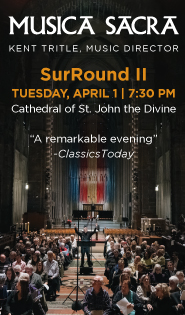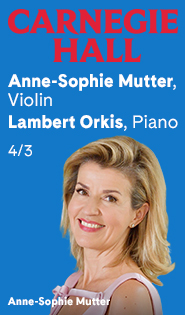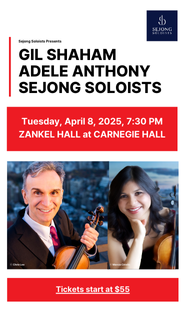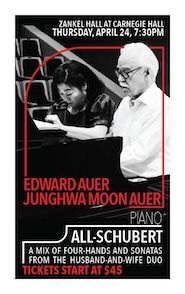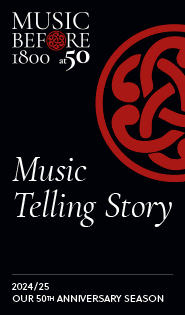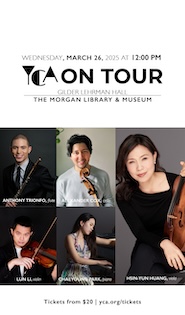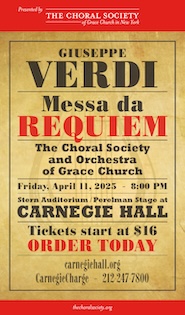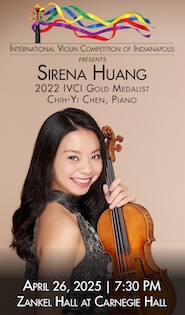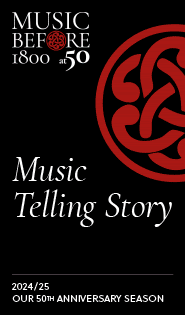Levin-ized Mozart Mass proves the highlight of American Classical Orchestra program
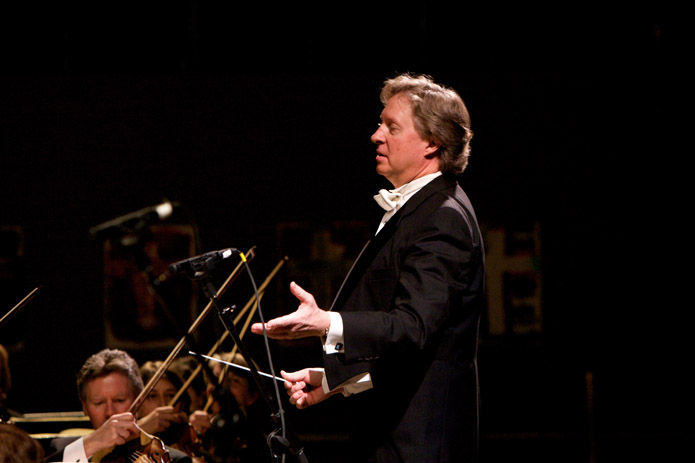
Thomas Crawford conducted the American Classical Orchestra Tuesday night at Alice Tully Hall.
It was clear where conductor Thomas Crawford’s priorities were in Tuesday night’s program of the American Classical Orchestra at Alice Tully Hall, as substandard performances of a Cherubini overture and Beethoven’s Symphony No. 8 were followed by an excellent rendering of the Mass in C minor, K. 427, by Mozart.
Or rather, by Mozart-Levin. The version of the Mass performed Tuesday was a “completion” of Mozart’s fragmentary work, undertaken by the Mozart scholar Robert Levin as part of celebrations of the composer’s 250th birth anniversary in 2006. The only acknowledgement of this fact in the program book was a long, arcane essay by Levin detailing what Mozart might have composed based on certain precedents that might apply here and on some surviving sketches that might be associated with this piece.
Few people have spent as much time inside the mind of Mozart as the Harvard-based pianist and musicologist, so his speculations made an interesting mental exercise for those so inclined. But to represent the product as music “by Mozart” was not playing fair with the audience.
That said, the performance itself was a lively affair in which orchestra, chorus and an outstanding quartet of soloists all did themselves proud.
The orchestra deftly supported the singers throughout, and stepped up with character and verve during its few moments in the spotlight. The woodwinds were especially clear and expressive, in solos and in combination.
The buttery tone of horn players R.J. Kelley and Alexandra Cook proved that the valveless horns of that era don’t have to honk and overpower the rest of the orchestra, as they so often do in this type of concert.
As for the timpani, thwacking them with hard mallets is apparently de rigeur for period-instrument performance, a practice duly honored on Tuesday by timpanist Dan Haskins. Nevertheless, a special place in music heaven is reserved for whoever invented soft mallets for timpani.
Mozart first heard the music of Handel in the Vienna home of a music-loving baron, and became an instant fan, incorporating both the Baroque composer’s counterpoint and his homophonic wall-of-sound effect in the choruses of his own Mass. The 24-or-so singers of the American Classical Orchestra Chorus rendered these styles well, but didn’t always take advantage of the intimate Tully Hall space to deliver crystal-clear diction.
This work’s abundant soprano solos were particularly significant to Mozart, since their first executant was his new bride Constanze Weber on the occasion of his first trip home to Salzburg following their marriage.
Soprano Hélène Brunet’s pretty, slightly reedy voice soared easily but lost some wattage in the lower range. Her melodious dialogue with the woodwinds in “Et incarnatus est” was a treasure.
The more covered tone of soprano Clara Rottsolk was equally attractive, and her pinpoint intonation, even in leaps, delighted the ear. Her clarity and suave phrasing in the rapid fioritura of “Laudamus te” proved that such passages can be impressive artistically, not just athletically.
The men take a back seat to the women in this work, but eventually tenor Brian Giebler came in to match the two sopranos nicely in the trio “Quoniam,” and later brought frank, open tone and easy phrasing to the solo “Et in Spiritum Sanctum.”
Later still, bass Steven Eddy finally had his turn, his similarly open, well-projected sound easily holding its own in the quartet “Benedictus”—the vocal high point of the performance, as Mozart surely meant it to be.
Of the performances of Cherubini and Beethoven in the concert’s first half, perhaps the less said the better. Cherubini, ten years older than Beethoven and a star composer in his day, was an important influence on the master from Bonn, and on Tuesday one could perceive the roots of the latter’s Third and Fifth symphonies in the dramatic adagio and exuberant allegro of Cherubini’s Overture to Démophoon.
That is, when one could perceive anything over the rumble and roar of the basses and timpani, which overpowered the rather tentative playing of the other sections much of the time.
At least the balance problem was solved in the performance of Beethoven’s Eighth that followed, and the players faithfully executed the crescendos, offbeat sforzandos, and sudden harmonic shifts specified in the familiar score. But any sense of surprise and adventure that drives the music forward was missing, and the flat delivery of Beethoven’s jokes had one wishing the conductor had said, “Stop me if you’ve heard this one.”
One had to content oneself with a few bright spots, mostly from the woodwinds: the strut of their staccato chords to open the Allegretto scherzando second movement, their interaction with creamy horns in the minuet’s trio, the kick and sparkle they gave to the finale.
Happily, many fresher pleasures awaited. What a difference an intermission makes!
The next concert of the American Classical Orchestra will be music by C.P.E. Bach and the Christmas portion of Handel’s Messiah at St. Ignatius of Antioch Church, 87th Street & West End Avenue, 8 p.m. Dec. 4. aconyc.org; 212-362-2727.
